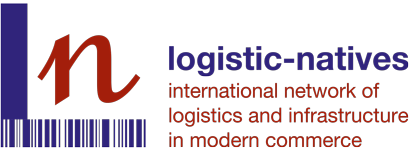
A big thanks to John Olsson, Daniel Hellström and Yulia Vakulenko , for opening this research area, an area which has been ignored by most last mile studies, although grocery delivery will make up 25% of all future B2C deliveries (McKinsey), and unless the current model of time slot delivery is changed, will generate far more delivery traffic and kilometers driven, than all B2C last mile deliveries today.
The study is addressing online retailers, carriers and manufacturers of home delivery boxes, and is a goldmine of information.
Fast delivery i.e., same day or max. next day is the future of grocery online shopping, and the big weekly online purchase will (must) be “buying more than once a week”.
Boxes must have an adequate size, even if consumers would like smaller boxes as the optimal size is felt to take “a bit too much space in front of the house”, they accept a certain size as a must. In this connection box design plays a major role.
Carriers must have an exact box location indicator on their handhelds per household (what3words) and embrace and cooperate with delivery box manufactures to standardize opening procedures. We don’t want the mesh the smart home industry has created for themselves.
Routing software must include box / no box at each address for optimal route planning
Consumers (still) weighs price against convenience but agree this is the delivery solution of the future. Now all within the industry needs to find the way to this future asap and accept that it will not be a proprietary approach, it must be agnostic.
Let Science Decide
I have posted this before and I firmly believe research of scientist is the way forward to a sustainable last mile for all kinds of delivery. As I do expect legislation in this area, this research cannot be done fast enough, but it should not be limited for speed, it must include all relevant areas.
On my list of relevant areas for a future with at least one delivery per day and household of which 25% are groceries, are unattended home delivery in:
Comparison with traditional home delivery
Comparison with Out of Home solutions – both quantitative as well as qualitative
Comparison of Opex and Capex for online retailers and carriers if an infrastructure of close to 100% of home boxes can be established. (Against other solutions)
Sustainability comparison (Emissions and traffic congestion). Retailers, carriers and consumers all generates emissions and secondary emissions (rebound effects) which differs with the fulfillment / delivery method
Do take the time needed to read the study and remember, each market being at a different level of ecommerce maturity. First impressions might therefore be a result of the market you operate in. Think 10 to 20 years ahead.
More on LinkedIn

Jesper Okkels
Founder

